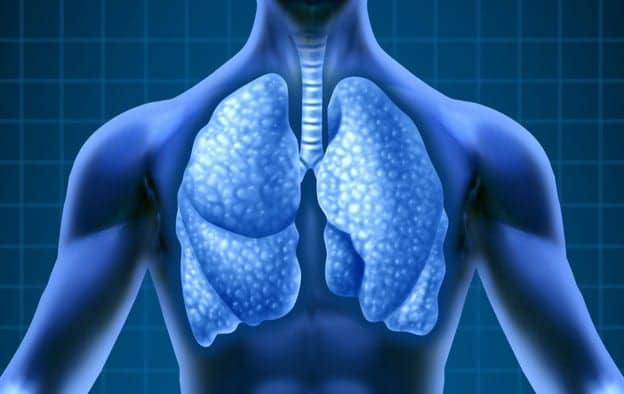Research reveals that using an inhaled alkaline buffer to increase the pH balance of the acidic lung surface liquid seen in cystic fibrosis patients can help to kill bacteria in the airways.
In CF patients, the mutation in the CFTR gene disrupts ion balance in the lungs and makes the liquid more acidic, exposing its carrier to all the symptoms characterizing CF. Although most recently approved treatments and drugs in development seek to correct the dysfunctional CFTR protein, the research team looked for a simpler and cheaper way to dampen symptoms.
Starting by collecting sputum samples from patients, the team tested the effect of a sodium bicarbonate alkaline buffer to restore pH. Results showed the sodium bicarbonate both restored pH and allowed more effective killing of the bacterium Staphylococcus aureus (S. aureus) — one of the first bacterial species to colonize CF lungs.
To see whether the same is true in a living organism, researchers exposed piglets and healthy volunteers to inhaled sodium bicarbonate. While the inhalation did improve pH, the effect was too brief to be suitable as a treatment candidate.
Since their experiments indicated that raising pH levels was key to improving antimicrobial activity in airway liquid, the team then tested Tham — another alkaline buffer not related to sodium bicarbonate — and found this buffer improved the activity of two antimicrobial peptides called hBD-3 and LL-37.
Repeated tests in both piglets and humans revealed that the effect lasted for at least two hours.










